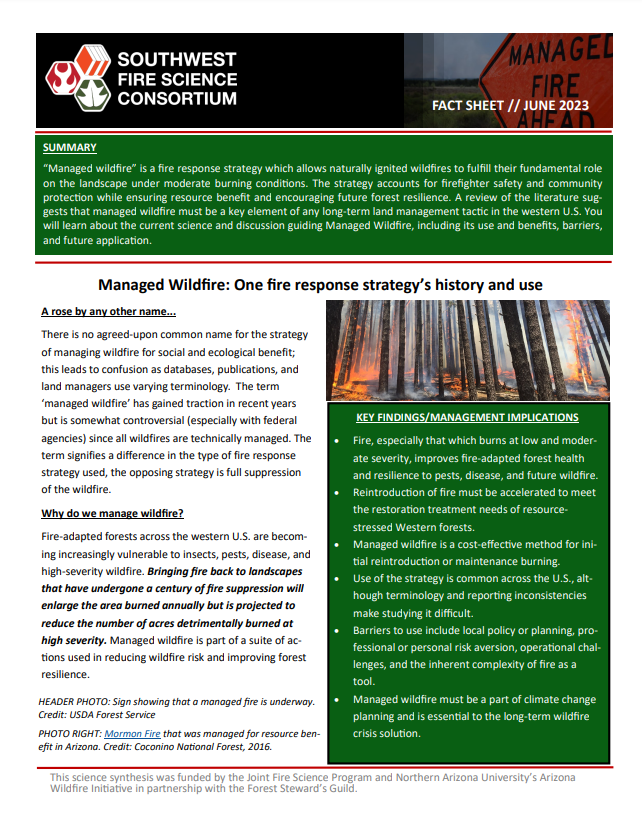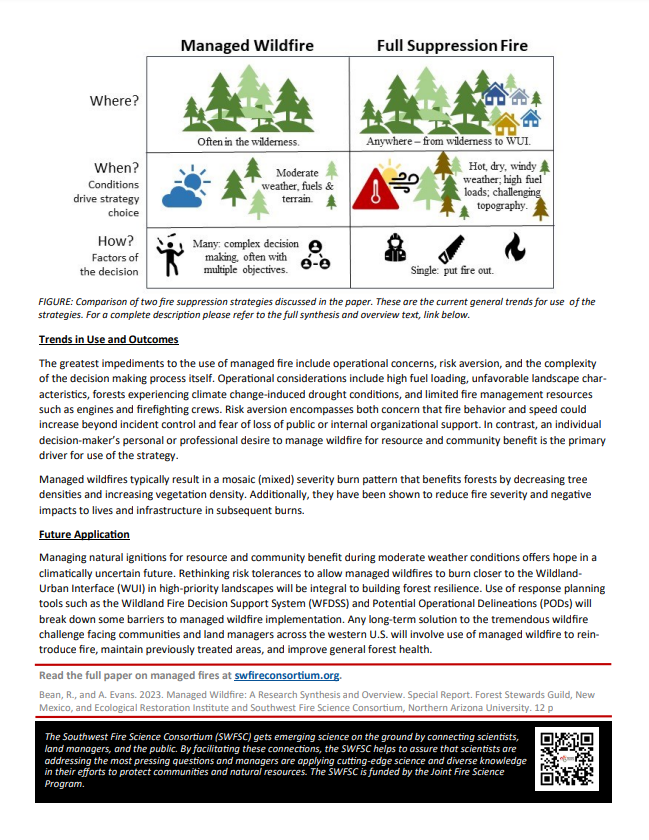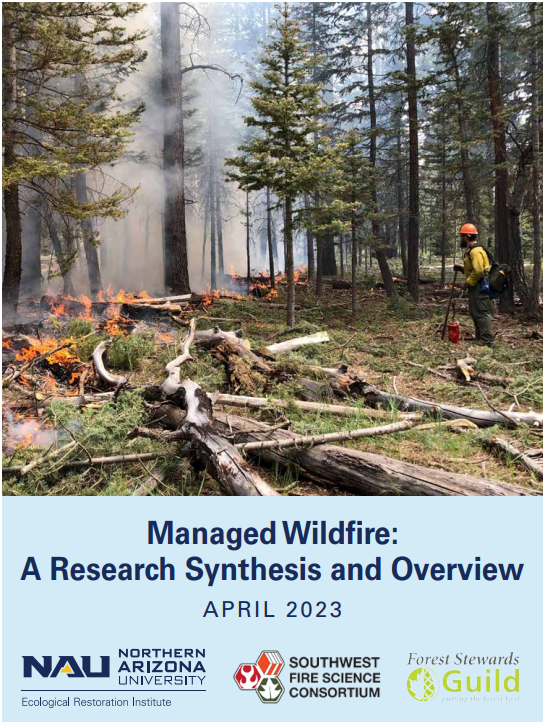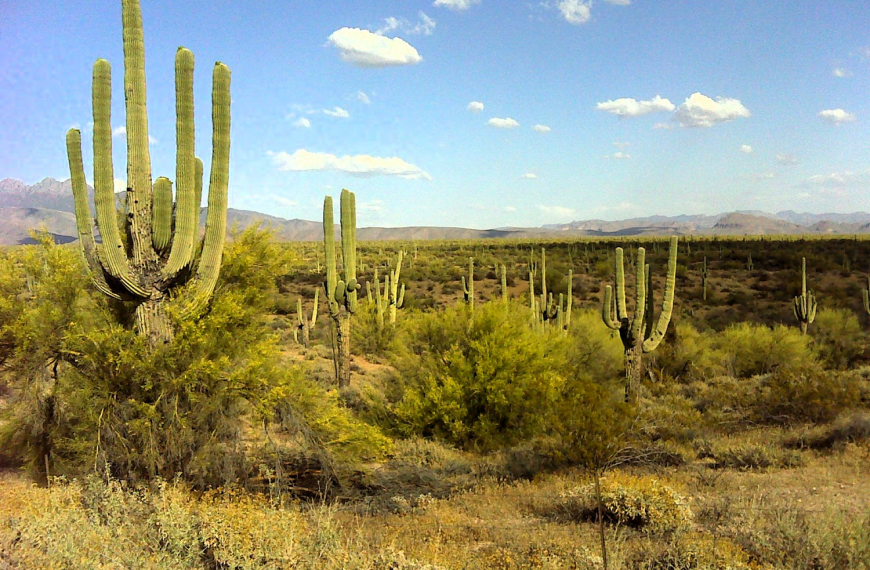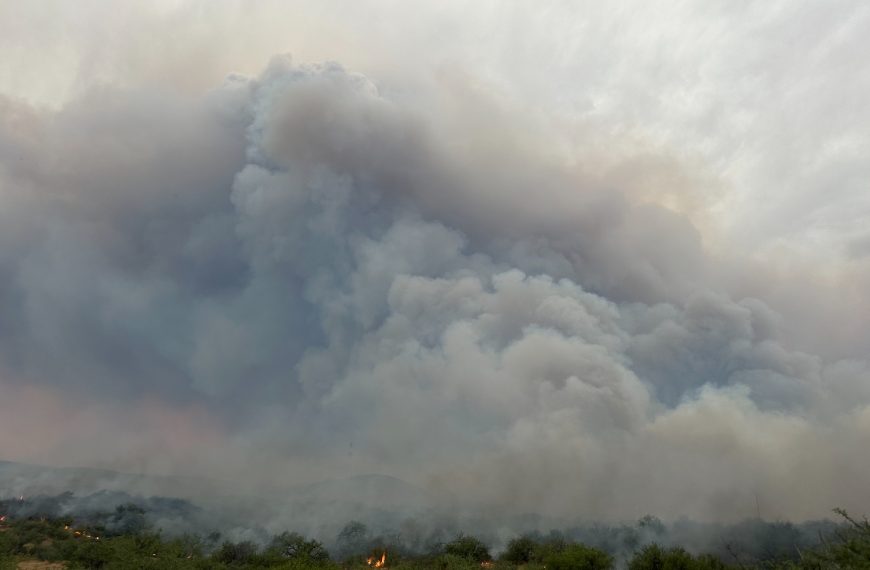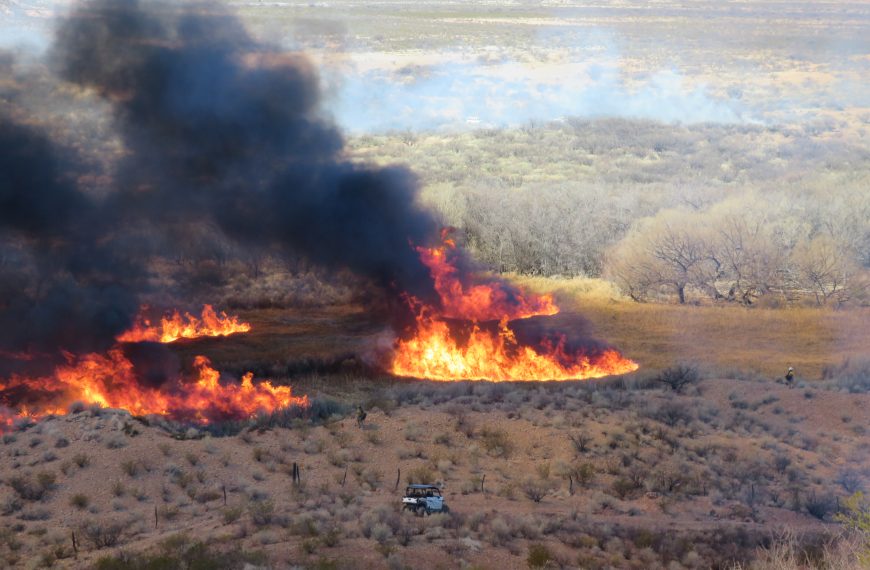All wildfires in the United States are managed, but the strategies used to manage them vary by region and season. “Managed wildfire” is a response strategy to naturally ignited wildfires; it does not prioritize full suppression and allows the fire to fulfill its natural role on the landscape, meeting objectives such as firefighter safety, resource benefit, and community protection. This wildfire management strategy can be effective for reducing tree densities, landscape homogeneity, fuel load continuity, and future fire behavior, while also working to reintroduce fire to fire-prone ecosystems. Research on managed wildfire has expanded significantly in recent years. This synthesis is designed to distill the current science on managed wildfire to foster a wide discussion of the strategy among managers, practitioners, and the knowledgeable public.
Managed wildfire has been in use since at least the 1910s in the federal land management realm, despite falling in and out of public and political favor over the intervening decades. Managers currently manage wildfires for resource benefit and community safety on hundreds of thousands of acres each year. Accurately tracking the use of managed wildfire is fraught and likely underestimated because of reporting and naming inconsistencies. Overall, the absence of a consistent title for the strategy invites internal and external confusion, disincentivizes use of the strategy, and makes assessment, monitoring, research, and communication difficult.
Based on the existing literature, significant policy, regulatory, physical, and social barriers impede the use of managed wildfire. For fire managers, use of this strategy requires a complex decision-making process that includes consideration of institutional influences, operational considerations, fire outcomes, fire environment, perceived risk, and sociopolitical context. Some new treatment and response planning tools, such as Potential Operational Delineations (PODs), may facilitate greater use by easing some of these barriers and concerns. The scale of the wildfire challenge across the country suggests that, in the future, managed wildfire will play an essential role in managing fuels, reducing burn severity, enhancing suppression effectiveness, fostering forest resilience, and improving human’s ability to coexist with fire.
SWFSC Working Paper written by Rachel Bean and Alexander Evans in partnership with The Forest Stewards Guild and the Ecological Restoration Institute.
Fact Sheet summary of the synthesis below or access the PDF here.
